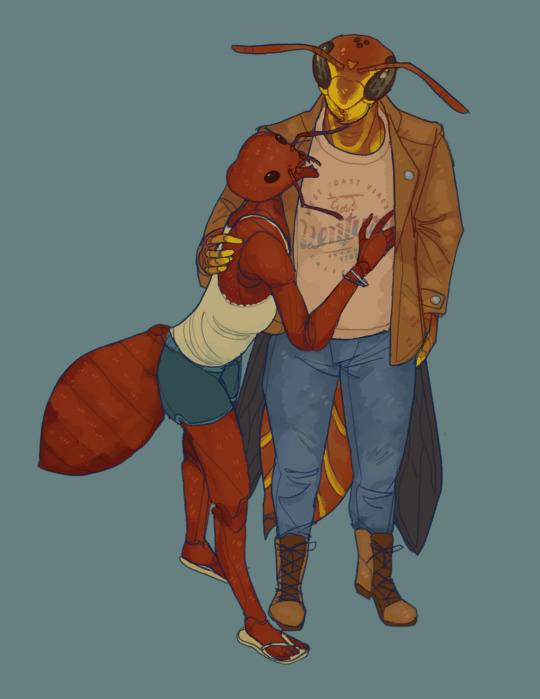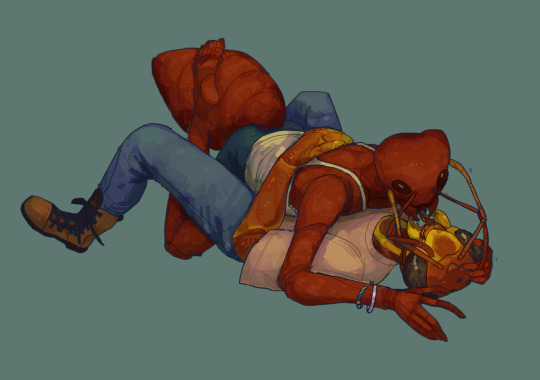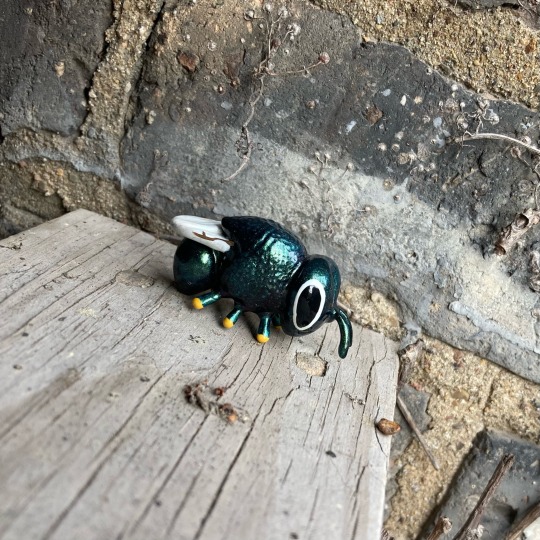#Hymenoptera
Explore tagged Tumblr posts
Text


polistes exclamans x pogonomyrmex barbatus 👭🐜🤝🐝 (there is no wasp emoji)
#feeble scribbles#digital art#artists on tumblr#my ocs#my art#bugs#bugfolk#lesbians#wasps#ants#hymenoptera#poppy#rye
4K notes
·
View notes
Text
Playing invisible drums 🥹

1K notes
·
View notes
Text


Genus Torymus ovipositing a gall from the Genus Amphibolips
#inaturalist#naturalist#nature#ecology#zoology#biology#wildlife#bug#bugblr#entomology#bugs#invertblr#invert#invertebrates#inverts#wasp#wasps#hymenoptera#hymenopteran#hymenopterans#insect#insects#insectblr#photography#nature photography#wildlife photography#hawks photos#animal photography
82 notes
·
View notes
Text

Ypsilonigaster tiger, Braconidae, Microgastrinae. From Thailand. Host unknown! Coloured pencils.
#hymenoptera#entomology#insect#wasps#wasp#apocrita#parasitica#Ichneumonoidea#Braconidae#Microgastrinae#Ypsilonigaster#Ypsilonigastertiger#Thailand
81 notes
·
View notes
Text

ashy mining bee (andrena cineraria)
24 notes
·
View notes
Text

DON'T BELIEVE MAINSTREAM MEDIA
WASPS ARE OUR FRIENDS
#wasps#hymenoptera#waspaganda#northern giant hornet#vespa mandarinia#entomology#insects#bugs#bugblr#my art
6K notes
·
View notes
Photo




Sawfly larvae, Caliroa cinxia, Tenthredinidae
Found sporadically throughout Europe
Photographed in Yorkshire by ophrys
#animals#curators on tumblr#insects#bugs#hymenoptera#sawfly#sawfly larva#larva#Caliroa cinxia#one nice bug#little babies....#gummy worms....
7K notes
·
View notes
Text



comic done for a project assignment a few years back!
#throws up actually what do you mean this is over 2 years old#I forgot what this was for. I think it was for insect ecology#my art#bugs#insects#comics#do I tag all these bugs........................#shoutout to:#caterpillars#sawfly larvae#aphids#ants#dung beetles#carrion beetles#bees#locusts#parasitoid wasps#hoverflies#cockroaches#mosquitos#cicadas#flies#yay!#hemiptera#diptera#hymenoptera#blattodea#lepidoptera#coleoptera#orthoptera
3K notes
·
View notes
Text
fuzzy puffs love artichoke fluffs pt 2
#bugs#bugblr#insects#insect#bug#entomology#found elsewhere and uploaded by me#tiktok#bee#bees#bumblebees#hymenoptera
20K notes
·
View notes
Text
3K notes
·
View notes
Text

Cellophane Bee (Colletes wilmattae), family Colletidae, Manitoba, Canada
"Species in the genus build cells in underground nests that are lined with a cellophane-like plastic secretion, a true polyester, also earning them the nickname polyester bees... " (Wikipedia)
photograph by Thilina Hettiarachchi
3K notes
·
View notes
Text




One of my favorite genera of wasps to find, Perilampus! They come in a couple of different metallic-y colors (this one lands roughly around the species hyalinus so... I'm fudging it) but all have an adorable head to thorax to abdomen ratio. My one good Perilampus specimen was eaten by ants a few years ago :( so I couldn't compare it to these sculptures, but trust me, it's tiny. Instead....
Banana for scale.

1K notes
·
View notes
Text

Genus Eurytoma ovipositing gall from Genus Amphibolips
#inaturalist#naturalist#nature#ecology#zoology#biology#wildlife#wasp#wasps#hymenoptera#hymenopteran#hymenopterans#bug#bugblr#entomology#bugs#invertblr#invert#invertebrates#inverts#insect#insects#insectblr#photography#nature photography#wildlife photography#hawks photos#animal photography
39 notes
·
View notes
Text

Pretty self-explanatory, I think! Most wasps are small, parasitoids, and can't even sting! They're all beautiful in my eyes (even yellowjackets)! The Pompilid in the top left corner can sting, but it's not black and yellow, so it gets a pass.
Wasps FTW!
6K notes
·
View notes
Text

invertober day 7, ruby tailed wasp! nice colors on this kooky critter
2K notes
·
View notes
